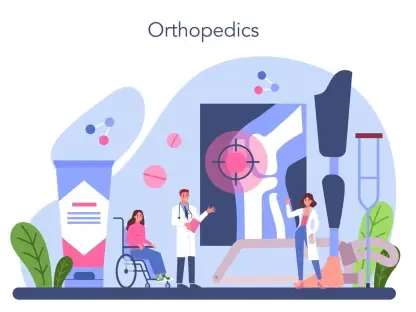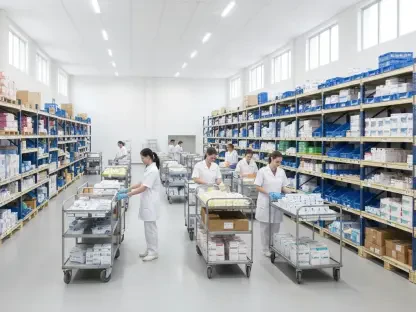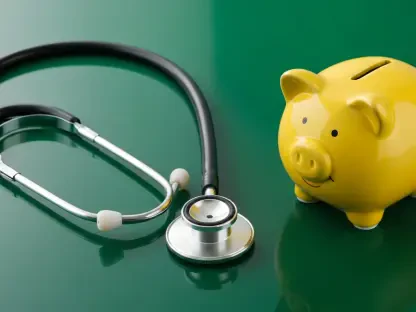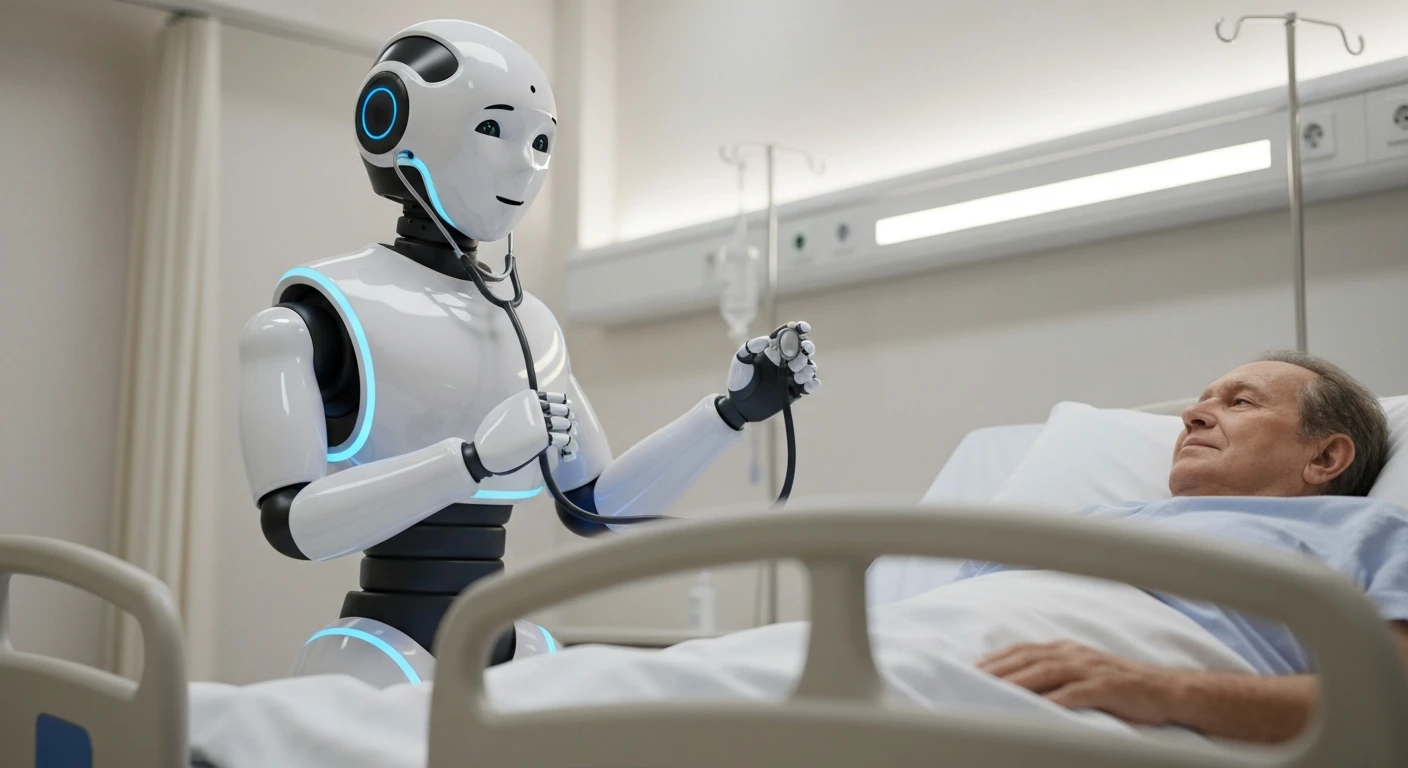I’m thrilled to sit down with Faisal Zain, a renowned healthcare expert specializing in medical technology. With a deep background in the manufacturing of medical devices for diagnostics and treatment, Faisal has been at the forefront of driving innovation in healthcare. Today, we’re diving into a critical topic: the oral health disparities faced by individuals with intellectual and developmental disabilities (IDD) and the transformative role that payers and emerging tools like salivary diagnostics can play in closing this gap. Our conversation explores the unique challenges in IDD care, the financial and clinical incentives for insurers to act, and the promise of non-invasive solutions to improve outcomes for this underserved population.
Can you explain why individuals with intellectual and developmental disabilities face such significant hurdles in accessing proper dental care?
Absolutely. People with IDD often encounter a range of barriers that make dental care incredibly challenging. Many experience sensory sensitivities or anxiety that can turn a routine cleaning into a distressing event. Mobility issues and communication difficulties further complicate visits. On top of that, there’s a shortage of dental providers trained to address their unique needs, and specialty practices are often geographically or financially out of reach. This combination creates a perfect storm where basic oral health needs go unmet, leading to preventable issues down the line.
What specific barriers, such as sensory challenges or gaps in provider expertise, stand out as the most impactful in preventing routine dental care for this population?
Sensory challenges are huge—things like the sound of dental tools or the feeling of someone working in their mouth can be overwhelming for individuals with IDD. Many also struggle with sitting still for long periods due to physical or behavioral factors. On the provider side, there’s often a lack of training in managing these unique needs. Dental schools don’t always emphasize care for special populations, so many dentists feel unprepared to adapt their approach. This mismatch means that even when care is available, it might not be delivered in a way that’s effective or comfortable for the patient.
How do untreated oral health issues in this group contribute to broader health problems and increased healthcare costs?
Poor oral health is a gateway to serious systemic issues. For individuals with IDD, untreated cavities or gum disease can lead to infections that spread, contributing to chronic conditions like heart disease or diabetes. Pain from dental issues can also affect nutrition and behavior, worsening overall health. The ripple effect often lands them in emergency rooms for problems that could have been prevented, which is incredibly costly—especially for Medicaid plans that bear a significant portion of these expenses. It’s a cycle of avoidable suffering and spending.
Why do you believe payers, like health insurers, are in a unique position to help improve oral health outcomes for people with IDD?
Payers have both the influence and the incentive to drive change. They’re managing large populations, including those on Medicaid who are disproportionately affected by oral health disparities. By investing in preventive strategies, payers can reduce the downstream costs of emergency care and chronic disease management. They also have the power to shape benefits design and provider networks, encouraging innovative solutions and better training. Essentially, they can act as catalysts, aligning clinical needs with financial sustainability.
How can payers specifically tackle the high costs associated with emergency dental visits for this population?
One of the most effective ways is by prioritizing preventive tools and early intervention. Emergency dental visits cost the U.S. healthcare system billions each year, with Medicaid covering a huge chunk. By supporting programs that identify risks before they escalate—think regular screenings or accessible diagnostics—payers can cut down on those urgent, expensive trips to the ER. It’s also about making care more accessible, whether through mobile clinics or telehealth consultations, so small issues don’t spiral out of control.
What makes oral health an area where payers can achieve significant improvements in both patient outcomes and cost management?
Oral health is a high-impact area because it’s so closely tied to overall health. Addressing it upstream prevents a cascade of medical complications that are far more expensive to treat. For payers, focusing on dental care offers a clear return on investment—fewer hospital stays, less chronic disease burden, and better quality of life for members. Plus, many oral health interventions are relatively low-cost compared to other medical treatments, making it a practical starting point for driving broader health equity.
Can you walk us through what salivary diagnostics is and how it functions as a tool in dental care?
Salivary diagnostics is a game-changer. It’s a non-invasive method that analyzes saliva for specific markers—like pH levels or proteins such as MMP-8—that indicate early signs of dental disease or even systemic inflammation. The process is simple: a sample is collected chairside, often in just a few minutes, and results are available in real time. This gives providers immediate data to assess risks for cavities or gum disease, allowing them to intervene before things get worse. It’s like a check-engine light for oral health.
Why is salivary testing considered a more adaptable and less invasive option compared to traditional dental exams?
Unlike traditional dental exams, which often involve tools, X-rays, or procedures that can be uncomfortable or anxiety-inducing, salivary testing requires nothing more than a quick saliva sample. There’s no poking or prodding, which is especially beneficial for individuals with IDD who might struggle with sensory issues. It’s also adaptable because it doesn’t require a fully equipped dental office—it can be done by support staff in settings like group homes or primary care clinics, broadening access to care.
How does salivary testing empower providers and caregivers to catch dental issues before they become emergencies?
The real-time data from salivary testing is a powerful tool. It lets providers see warning signs—like early inflammation or high cavity risk—long before visible symptoms appear. For caregivers, especially those supporting individuals with IDD, this information helps tailor daily oral hygiene practices or dietary choices to prevent problems. It shifts the focus to proactive care, reducing the likelihood of painful conditions or costly emergency interventions. It’s about staying ahead of the curve.
What unique benefits does salivary testing offer specifically for individuals with IDD who find regular dental visits challenging?
For individuals with IDD, the non-invasive nature of salivary testing is a lifesaver. It eliminates the stress of traditional dental procedures, which can be traumatic due to sensory or behavioral challenges. It also doesn’t require the patient to sit through a long exam, making it more tolerable. Beyond that, it provides actionable insights without needing specialized dental expertise on-site, which means care can happen in familiar, comfortable environments—reducing anxiety and improving compliance.
How can this technology be implemented in non-traditional settings to better serve underserved populations?
Salivary testing is incredibly versatile because it doesn’t demand advanced equipment or a sterile clinical space. It can be rolled out in group homes, community centers, or even during primary care visits—places where individuals with IDD are already receiving support. Support staff can be trained to administer the tests, and results can guide immediate next steps or connect patients to dental providers as needed. This flexibility breaks down barriers to access, meeting people where they are.
What do early pilot studies reveal about the potential of salivary testing to transform oral health outcomes?
Early pilot studies are showing some really promising trends. We’re seeing improvements in key biomarkers linked to cavity risk and gum health, which suggests that this tool can flag issues early enough to make a difference. There’s also evidence of better preventive behaviors among participants—things like improved brushing habits or dietary adjustments—because the data makes the risks tangible. While we need more research to solidify these findings, the initial results point to a real opportunity to enhance care, especially for high-risk groups.
What is your forecast for the future of salivary diagnostics in addressing oral health disparities?
I’m optimistic that salivary diagnostics will become a cornerstone in tackling oral health disparities, particularly for underserved populations like those with IDD. As more payers and providers see the value—both clinically and financially—I expect wider adoption, supported by advancements in technology that make testing even more precise and affordable. With national recognition, like the recent coding approval from the American Dental Association, the groundwork is laid for integration into standard care. My hope is that within the next decade, this becomes a routine part of preventive health strategies, ensuring no one is left behind when it comes to oral health.









